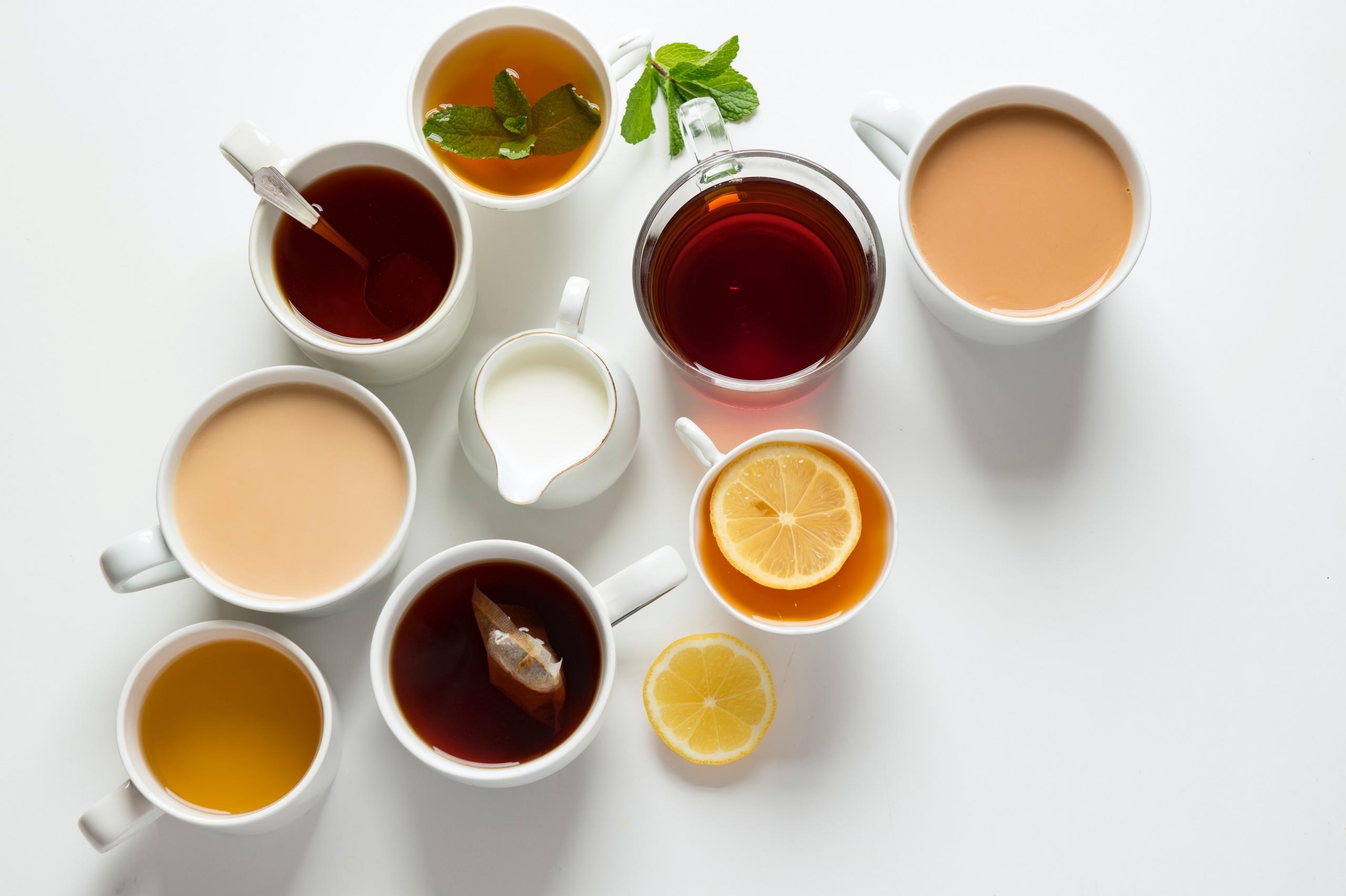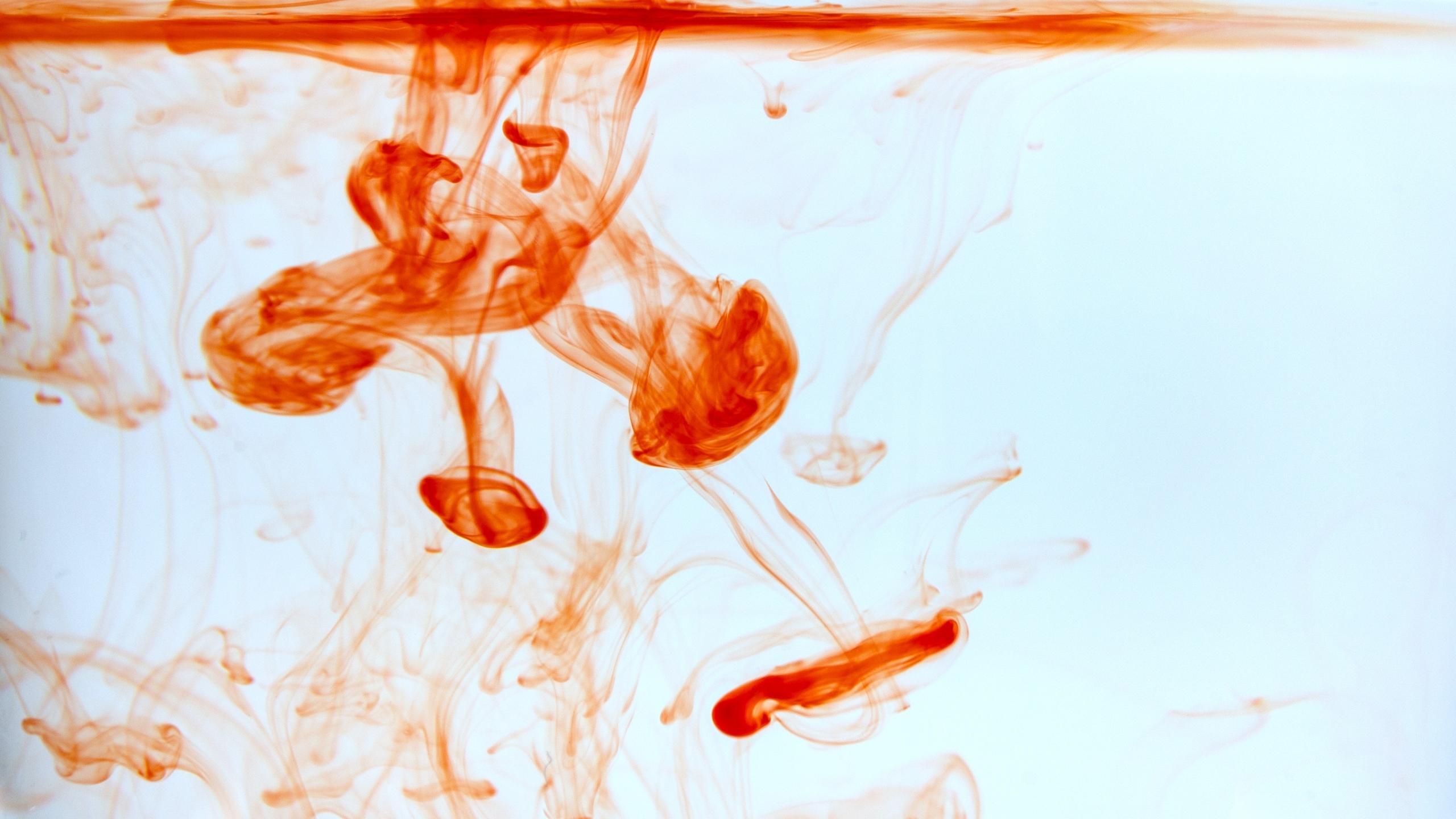Science is part of everyone's everyday life.
Bill Nye
Life Skills is one such science that plays a role in our everyday life. You might not have realised it but topics that we have learnt about in Life Sciences, such as osmosis and diffusion are an active part of many chemical and biological processes that take place everyday. The thing about diffusion is that it is a very natural process. You never really know that diffusion is taking place, but it is occurring within your body at all times.
In fact, at this very moment, oxygen is diffusing out of your vascular system's capillaries so that your muscles can become fully infused with this oxygen. We refer to this as passive diffusion as no other molecules assists the oxygen to saturate the muscle tissue.
Do you want to know if diffusion is linked to any physics principles?
Well, if you want to find the link between physics and life sciences its time to find the right science tutor to help you. You can search for an excellent science tutor on the Superprof website. Scroll through the various tutor profiles and in this way you can find the right one to make biology jargon far less complex and far easier to understand.
While you are searching, we will break down the diffusion process and provide examples from everyday life to guide you.

Diffusion Defined
Diffusion involves the movement of gas, solid, or liquid particles.
These particles move from areas of higher concentration to areas of lower concentration. Diffusion in your body happens because your body acknowledges that a specific type of particle is lacking in a certain area .
To illustrate the point, just think about what happens when you pour cold milk into a cup of hot water with a tea bag in it.
When you pour in the milk, does the entire cup of black tea instantly turn light brown?
Well, no. Initially, only the area where the white milk is added turns lighter. Thereafter the milk moves through the entire contents of the cup, and the tea becomes a lighter brown.
This is the process of diffusion. Without any stirring, the liquid moves from the highly concentrated area in the middle of the cup to all areas within the cup.

Now that you have envisioned this cold milk being poured into a hot cup of tea, you will realise that diffusion is easier to understand than you think.
So if adding milk to tea is diffusion, what is osmosis?
You have probably heard the term, "osmosis," being uttered very frequently. In order for osmosis to occur, there needs to be a semi-permeable membrane for the particles in highly concentrated areas to pass through to areas of low concentration. With osmosis, it is a liquid substance doing the moving. Gas and solid particles do not undergo the process of osmosis.
Like in the case of milk mixing into a cup of piping hot tea, diffusion happens without any membrane being present.
Using what we have learnt in terms of distinguishing osmosis from diffusion, it's clear that oxygen moving through the capillaries into tissue happens through the process of diffusion. This is because oxygen is a gas and osmosis only entails the movement of liquids. Respiration is therefore one natural process in which diffusion occurs.
Are you starting to understand how vital diffusion is in order for all cell structures within the body to function properly?
Perhaps you can check out the article that deals with defining cell biology to get a full overview of how osmosis and diffusion take place within plant and animal cells.
What is Diffusion in Real Life?
Diffusion is the movement of particles irrespective of their state of matter, and is an essential process within the bodies of all human beings.
Simple diffusion is when molecules move along a concentrated gradient from areas where particles are highly concentrated to areas where particles are lowly concentrated. However, the particles move from areas of high concentration to areas of low concentration randomly.
To learn more about simple diffusion and the random movement of particles, reach out to an experienced life sciences tutor in your area. You would be surprised at just how many tutors are teaching biological concepts online as well.

The Egg Experiment
Interested in trying an experiment to understand fully how diffusion works? Have you heard about the egg experiment?
You will need:
- 2 bowls
- an egg
- vinegar
- water
Steps and Observations:
- Take the egg and put it in a bowl of vinegar.
- When the egg has been soaked in vinegar for a little while, drop the egg into a bowl filled with water.
- If you observe the egg in the water, you will notice that water has diffused into the egg, and that the egg becomes larger.
That sounds weird, doesn't it? Well, give it a try and see what happens.
If you want to see more practical examples of diffusion and visualise what actually happens when diffusion takes place, we suggest you watch some YouTube videos. You would be surprised at how many great videos have been made about the diffusion process.
YouTube videos like "What is Diffusion?" are great to watch in order to see real life applications of the process and understand it better.
Have you been to Vida e Caffè or another coffee shop lately?
Do you remember the potent coffee smell?
Well, this is because the coffee aroma diffuses through the air, giving the coffee shop that wonderful smell.

Diffusion and Osmosis
Think of diffusion as the process whereby any liquid or gas molecules constantly move through a system so that the molecules becomes evenly distributed. Think of osmosis as the movement of a liquid through a cell wall in order to be evenly distributed.
When you think about it, besides ensuring that equilibrium is maintained, there are numerous reasons why both osmosis and diffusion take place.
For one, the process of diffusion helps oxygen as well as carbon dioxide diffuse in and out of the blood. Diffusion also ensures that nutrients reach the various tissues.
Since osmosis is only the movement of water or liquid particles, diffusion is necessary for the gaseous exchange that takes place throughout the body.
Everything that you observe from now on can be attributed to either the osmosis or diffusion process. Watering plants to help them to grow is in fact a form of diffusion right in a flash.
Diffusion process is affected by four factors:
- Particle size: The smaller the particle the easier it will diffuse. The larger the particle, the harder it will be for diffusion to take place.
- Interaction area: Sometimes a little assistance is required in order to ensure that diffusion or osmosis takes place faster. A larger interaction area means faster diffusion and osmosis taking place
- Temperature: When you think about the cup of hot tea into which cold milk is diffusing, it becomes obvious that the difference in temperature between the two subjects impacts the way that they settle into each other
- The Gradient: If an area is more saturated, the particles diffuse more slowly in that area. In areas where there is a lower concentration of particles, the particles will move into that area faster
Is Diffusion Passive?
One thing that you still may be asking yourself is, "Is diffusion passive?"
Well, diffusion despite being a constant, ongoing, and multidirectional process is also a passive process as it occurs randomly. It is known as a passive process of transport of particles until an area becomes saturated. There is no assistance offered during the passive diffusion process.
Passive diffusion, as we know it, is the unregulated movement of a single substance from areas of higher concentration to areas of lower concentration so that the concentrated substance is equal in the area.
Keen on learning more? Why not try to find a life sciences tutor near you to explain the biological processes in more detail?















